Are you reaching for another bottle of water, when there’s tap water already available? Why pay for drinkable water when it should be readily available at your tap? Unfortunately, many people rely on bottled water. And the amount of plastic we throw away every day is ghastly! Some people have aversions to tap water that prevent them from drinking it. But it shouldn’t be that way. This article focuses on the signs to look for that indicate you should consider professional water enhancements.
What Do These Water Issues Mean?
Not every water source is as clean as it should be for consumption or our plumbing pipes. Curious if your water is not as good as you think? Are there any telltale signs that your water is compromised? Below we go through some of the most frequent issues a homeowner could struggle with.
Color Is Off
Water should be crystal clear. If there is a tinge of color, this indicates a problem. All sorts of elements can contribute to water changing colors. If you see an orange tint, this could be an issue with rust. Rust not only affects the appearance of water but can also throw the taste off. A problem with color is one of the easiest problems to catch. Most of the time, this has to do with the plumbing pipes. If the pipes are rusted, water will pass along the rust.
Smells Odd
Water should never have an odor. Like its appearance, there should be no additives. If you’re experiencing a foul smell, it could be the preference for sulfur or chlorine. Having odors coming from drain lines is different from the freshwater source. Any problems with your drain line could be a collection of organic material that needs to be removed. A professional can diagnose both issues with a sewer line and a water line.
Taste Isn’t Good
Maybe the look and smell of your water are on-point. Taste is the number one reason people ditch their home water in favor of bottled water. It may seem like a little thing that the water tastes off, but it can be a huge deterrent. Have you found you avoid your tap water? Is it because it doesn’t taste quite right, or doesn’t resemble bottled water? There is a solution.
Buildup
Have you noticed a buildup of gunk around your faucet or in your sink? Have you noticed a ring around your toilet bowl? Discolorations and mineral buildup are perhaps the most common problem for the city and well water supplies. City water typically doesn’t care about the hardness of your water. Hardness simply means the number of minerals found in the water that are not detrimental to your house.
Calcium and magnesium, for instance, are the main contributors to build-up throughout your plumbing pipes, on your faucet, or even in the water heater. Sometimes known as lime scale, calcium and magnesium buildup, though isn’t harmful to your health, can be unpleasant to the pallet.
Types of Equipment For Your Home
Babe Plumbing features solutions to solve all types of water quality issues. The type of equipment needed will be based on the current state of your water. Some testing will be needed to determine whether the following items would be a good fit. Uncovering a lead issue can mean drastic health problems.
Lead is more common for those that have a well water system versus those on a city water supply. Children are more susceptible to lead poisoning, which can contribute to developmental delays. The best way to eliminate impurities is with a filtration system. Let’s take a look at options for your home to get a better quality of water.
Water Softener
Those that have a hard water problem will find a water softener to be a blessing. Water softener eliminates excess calcium and magnesium from the water, which contributes to line scale. Are you unsure if you have hard water? The telltale signs of hard water are easy to spot.
It may include a buildup of white, blue, or green chalky material around where water sits or where it comes out of the plumbing pipe. Those with hard water will also have hard water stains on their dishes after the dishwasher cycle. If you’ve noticed that your dishes have a residue on them you may want to have your water tested for hard water problems.
Softening systems are used as a whole home solution. All the water that enters your home will be softened. The downsides for water softening include needing additional space to store the bulky equipment and the cost of ongoing materials. You’ll need to replace salt every few months, or as often as needed. The cost of salt is dependent on what brand you use and where you live.
Under-Sink Water Filtration
For water filtration systems there are two or three distinct options. The first option is an under the sink water filtration. Reverse osmosis filters watered down to a molecular level. This means it goes beyond a traditional filter screen.
With many water filter systems, you may notice that there are several cartridges. The water will pass through each cartridge being further purified at each stage. The advantage of reverse osmosis is that it removes any chemicals or contaminants found in your water.
An under the sink filter system will only purify the water that comes from the tap connected to the filtration unit. It will not purify water throughout the entire home. If you want to guarantee pure water for consuming this is the most cost effective way to achieve those results. More often than not you can rent equipment, which makes getting clean drinkable water more obtainable and cost effective.
Whole-Home Water Filtration
Why would you want a whole home water filter instead of just one that fits under the sink? Whole home water filters remove just as many contaminants as under the sink units. Those that desire chlorine-free water 24/7, coming from all their taps will need a whole home filter.
It’s reassuring that your home’s water is completely purified. Whole home water filters are more expensive initially and the cartridges are more expensive to replace. Consult with your plumber before making a final decision on water enhancing products.

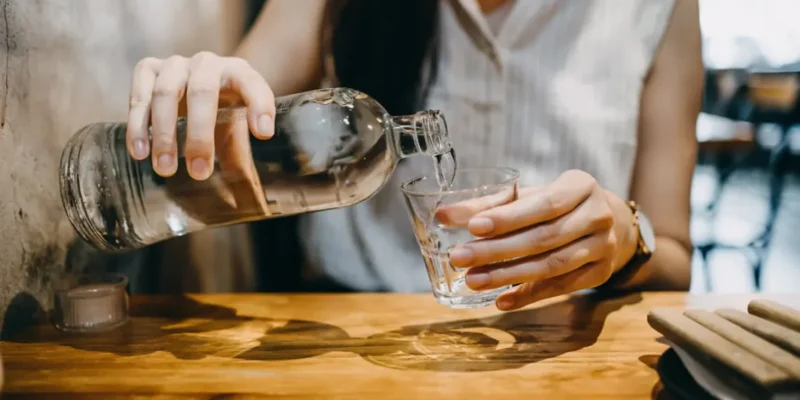
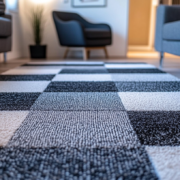
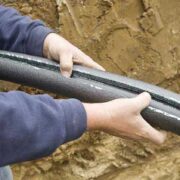
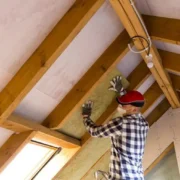
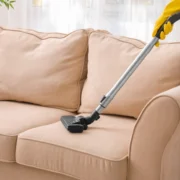
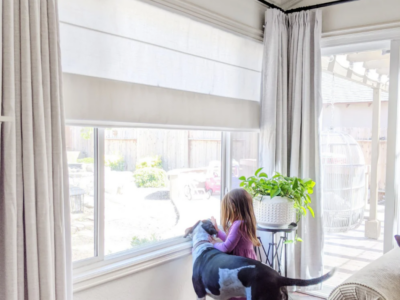
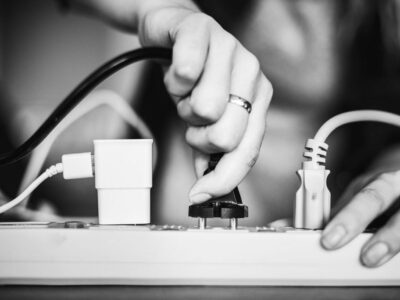

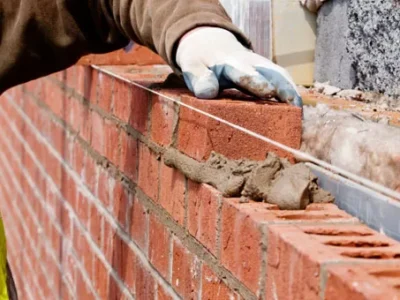
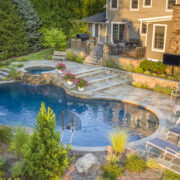


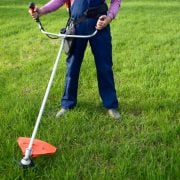
Comments